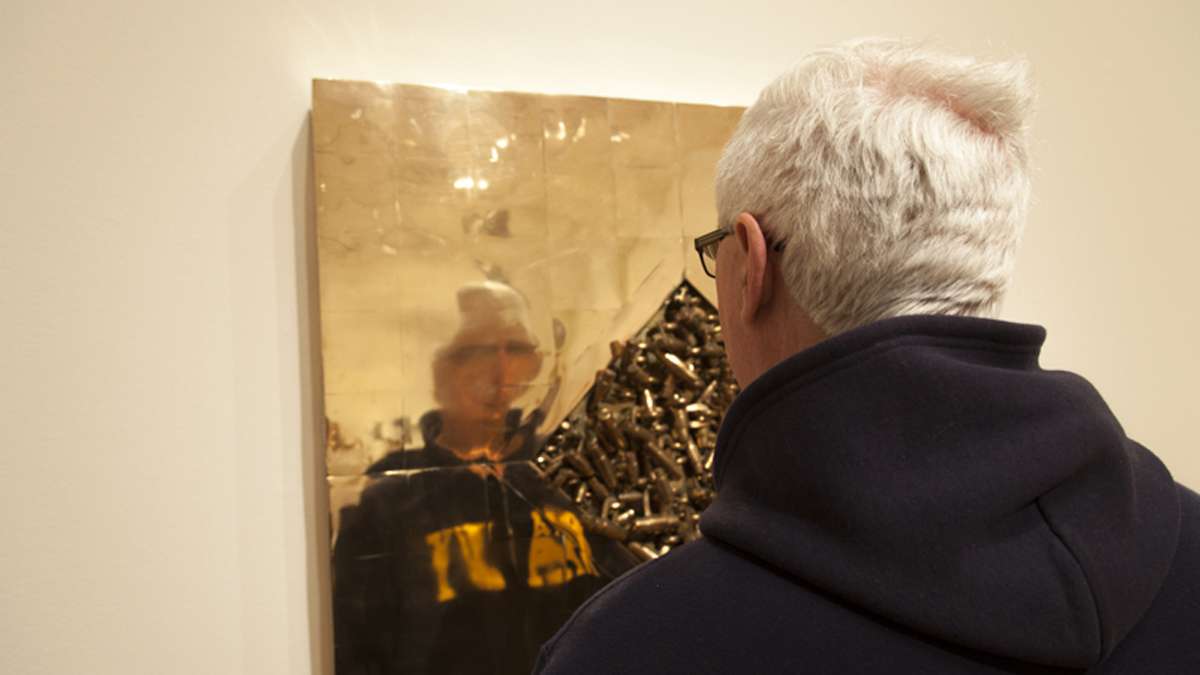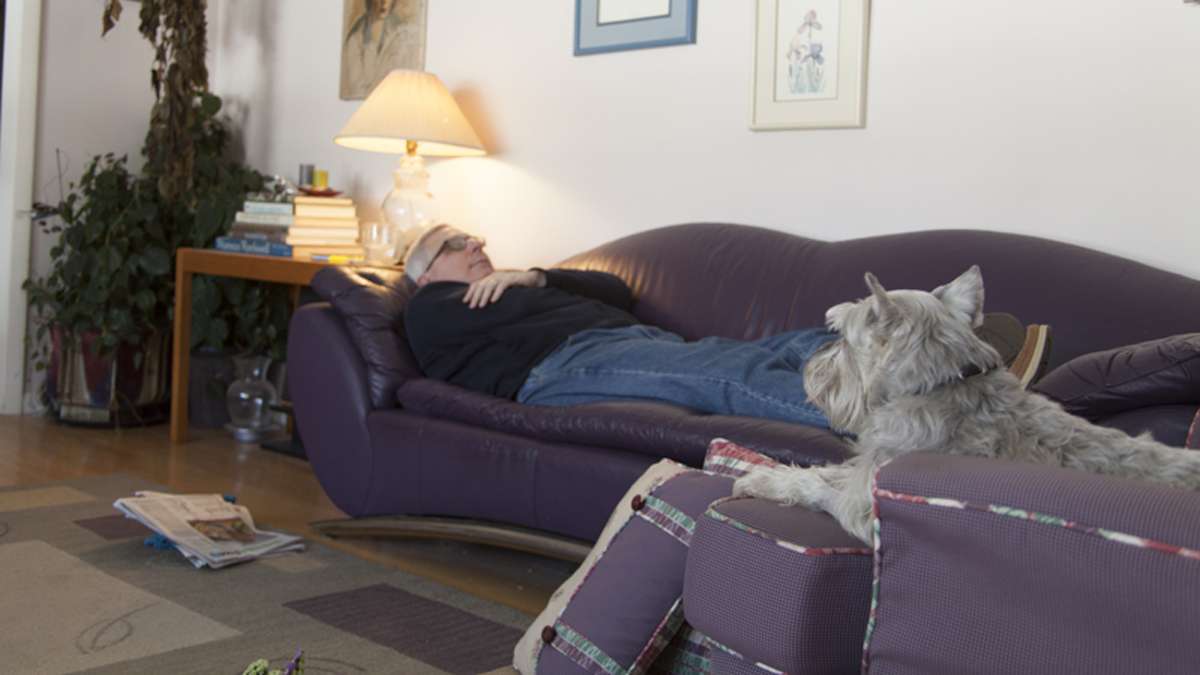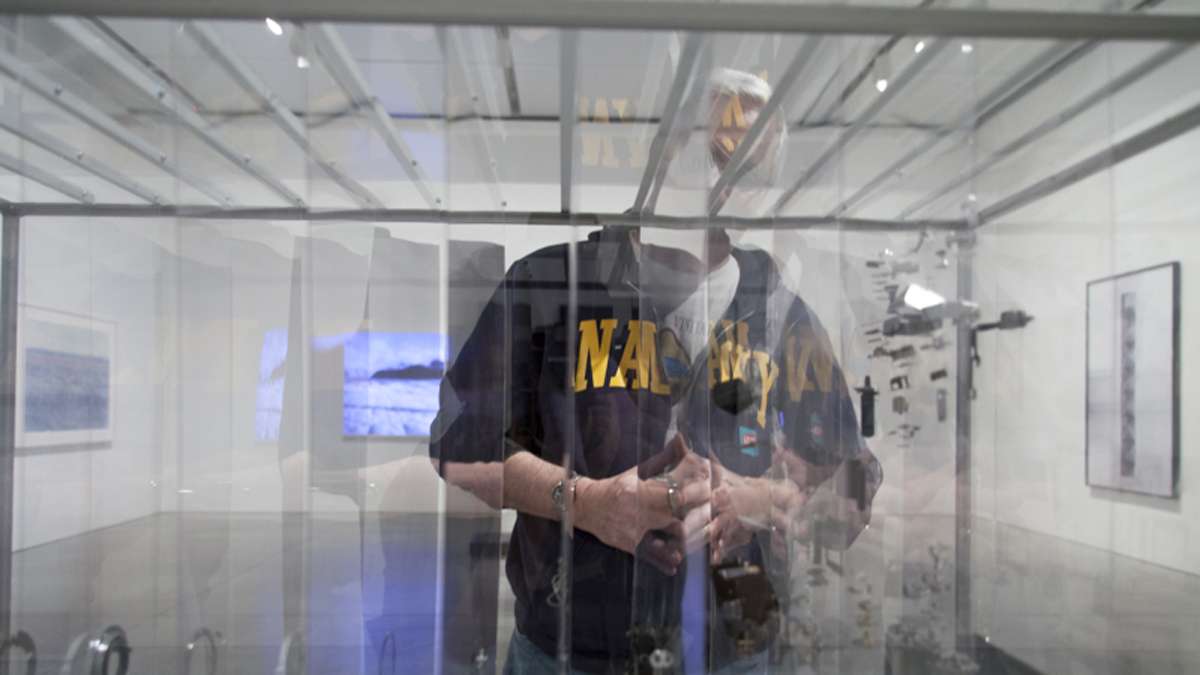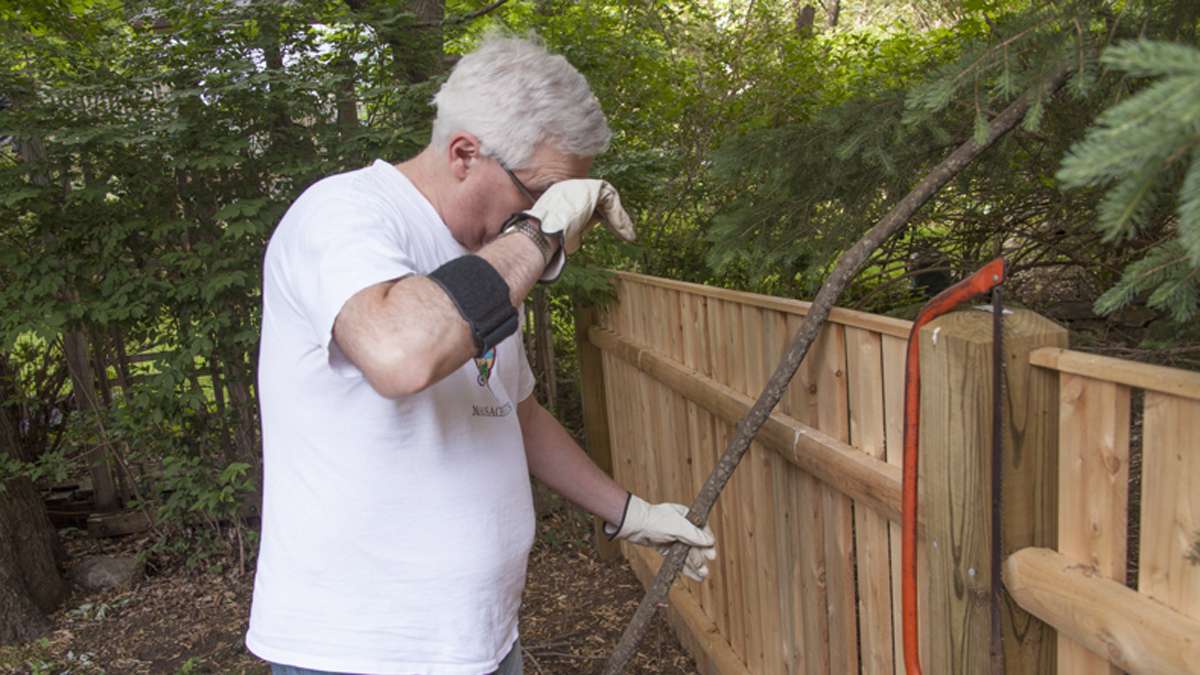Coordinated breathing may protect the heart during cancer treatment
ListenThe risk for heart trouble after radiation therapy is small, but thousands of breast-cancer patients are exposed.
Radiation therapy is one of the tools doctors use to fight cancer. High-energy X-ray beams can shrink tumors or decrease the chance that cancer will return. Scatter radiation can inadvertently damage vital organs during treatment, but a surprisingly simple technique can help protect the heart: Many cancer-treatment centers now teach women with breast cancer to briefly hold their breath during therapy.
“So, when you take a breath, think about the fact that your chest expands. As it expands, the lungs inflate, as they become bigger, the space between the breast and the heart increases,” said Rani Anne, a radiation oncologist at Thomas Jefferson University Hospital.
A living, breathing patient is a moving target, and it’s a challenge to keep healthy body parts out of the line of fire. Thirty or 40 years ago, radiation technology was less precise. Doctors discovered that too many of their patients were dying –not from cancer—but from heart disease caused by the radiation therapy they received decades earlier.
“Any survival benefit from the radiation was lost,” Anne said.
Soon after, specialists started looking for better ways to protect the heart.
“Women need the radiation, how can we make it so there are fewer long-term side effects?” Anne said.
It can help to place a patient on her stomach and let gravity move the breast away from the heart and lungs. But with the breath-hold maneuver, the dose of radiation that hits the heart is negligible, according to Jefferson research.
The chances of developing a heart condition after radiation therapy for breast cancer varies from .05 percent to 3.5 percent, depending on a woman’s other heart-disease risk factors and the kind of radiation therapy she received.
“It’s really quite low,” Anne said.
While the risks for any individual woman are small, tens of thousands of women are exposed each year.
Radiation therapy can scar and stiffen the coronary arteries or the lining around the heart. That trouble can take a decade or more to show up, but that side effect is a concern even more these days because cancer survival is so much better now.
Women who have breast cancer on the left side have a bigger risk for developing cardiac problems. “We also consider younger patients at greater risk,” Anne said. “They have the best chance of living the decades it might take–30, 40 or more years when the heart troubles might develop.”
“Breast cancer is extremely curable, so our patients are going to live a long time,” Anne said. And those women will need a healthy heart later in life.
Shannon McMahon is young—39–and has breast cancer on her left side.
She had chemotherapy earlier this year at the University of Pennsylvania, now radiation is her best chance to clear away microscopic cancer cells that may be left behind. But first, she’s learning how to hold her breath.
When she arrived at her appointment at the Perelman Center for Advanced Medicine, the mother of two wore pink lipstick and a colorful, patterned scarf wrapped around her mostly bald head. Therapist Katie Chong settled McMahon flat on her back, then gave her a mouthpiece–kind of like a snorkel—and a nose clip to wear. The whole contraption was rigged up to a computer that charts each breath in and each breath out.
Chong coached McMahon to breath normally. “This is just sitting on the couch Friday night watching TV with the hubby, not doing anything, not thinking about anything, just breathing,” she said.
McMahon wore virtual-reality goggles that flashed a red or green reminder light to help coordinate her inhalation. During an actual treatment session a patient only has to hold her breath four to eight times. If a bit of air slips out, a soft buzzer alerts the therapist to shut down the radiation machine.
McMahon says she’s a ‘nose breather’ and the technique was a little awkward at first, “After the third time, it worked a little bit better,” she said.
She got the hang of it with about 20 minutes of practice, but the maneuver can be hard for smokers or patients with lung disease, such chronic obstructive pulmonary disease, or emphysema.
When Jefferson researchers studied the breath-hold maneuver, on average, the amount of scatter radiation that reached the heart was reduced by 63 percent. For about 88 percent of patients, the average dose of radiation to the heart dropped by 20 percent or more.
“What that means is that almost everybody benefited from the technique,” said Jefferson University oncologist Rani Anne.
Researchers have been following women for this study for five years. That’s not enough time to know for sure that breath-hold prevents long-term cardiac problems—but Anne says she now knows how to better protect a patient’s heart from radiation.
WHYY is your source for fact-based, in-depth journalism and information. As a nonprofit organization, we rely on financial support from readers like you. Please give today.
















